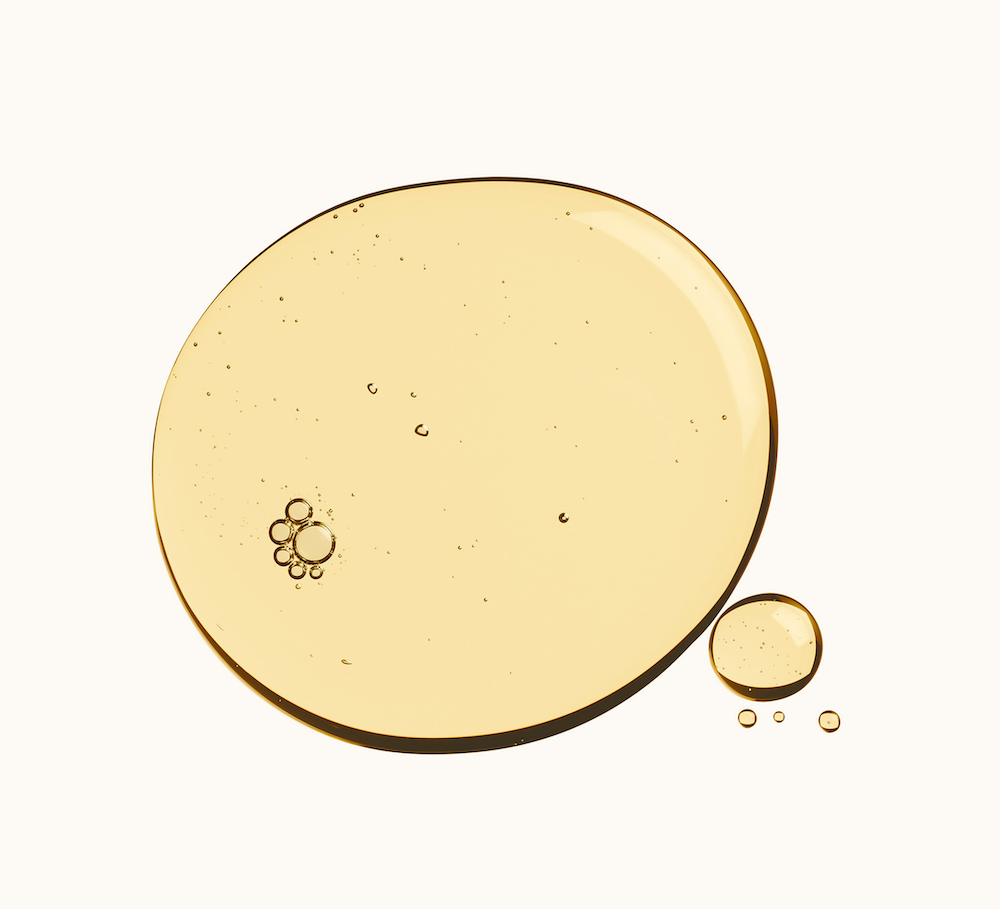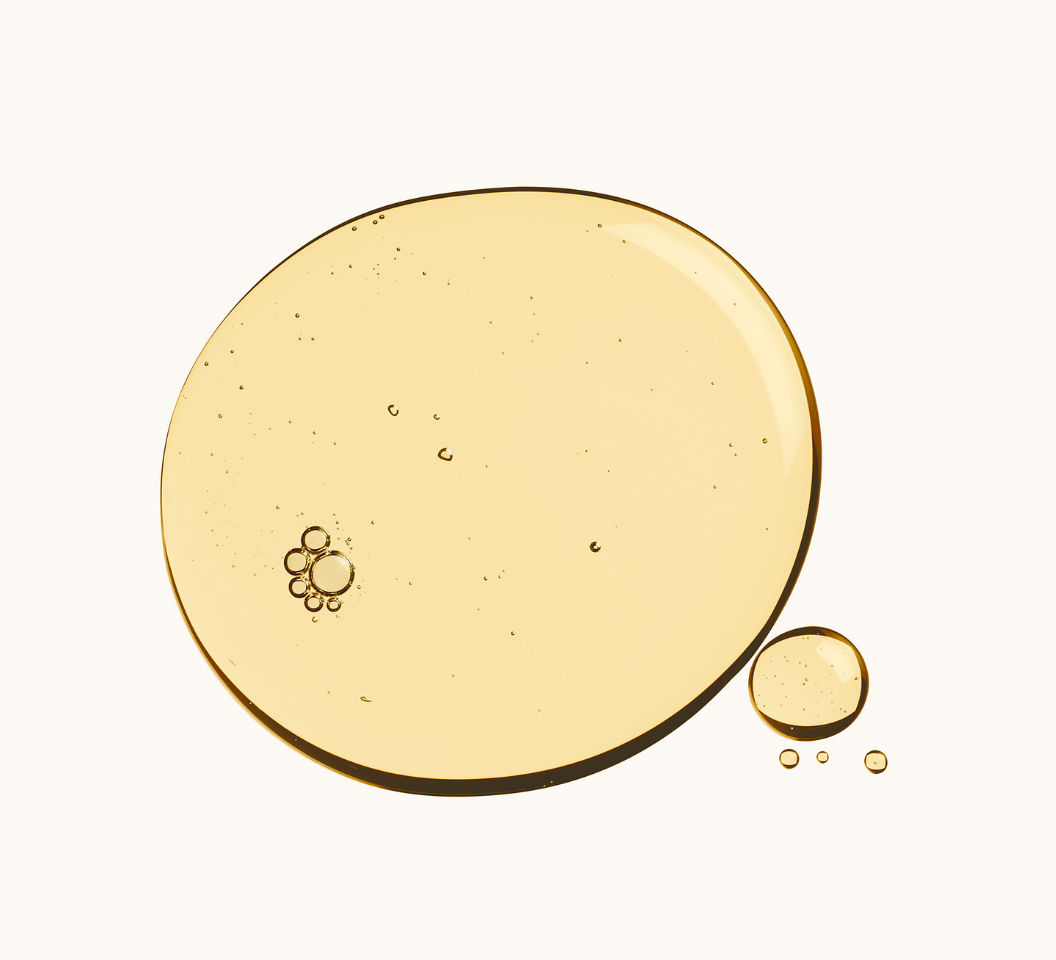Longtemps considérée comme le parent pauvre de l’écologie, la biodiversité qui joue un rôle important dans la vie des hommes, est un sujet très préoccupant. En effet, la biodiversité subit une détérioration fulgurante qui la fragilise tous les jours un peu plus. Pourquoi est-elle en danger ? Et surtout, que peut-on (encore) faire ?
Qu’est-ce que la biodiversité ?
Derrière le mot diversité se cache l’ensemble de toutes les variétés de toutes les espèces vivantes et des écosystèmes dans le monde. Il s’agit du vivant sous toutes ses formes : animaux, végétaux et micro-organismes qu’ils soient terrestres, aquatiques, marins, de toutes les espèces, de toutes les organisations. Ces organismes vivants interagissent entre eux et sont à l’origine d’un nombre incalculable de réactions nécessaires à la vie. Chacun tient une fonction précise au sein de son écosystème et garantit ainsi l’équilibre de l’ensemble des populations.
De précieux écosystèmes avant tout

Une mare ou une forêt par exemple, sont des écosystèmes où le vivant s’organise en offrant une place à chacun, où la chaine alimentaire bénéficie à tous et où toutes les formes de vie sont représentées. Plus il y a d’organismes dans un écosystème, plus la nature est prolifique, et plus les ressources inertes peuvent se transformer en ressources organiques. Mais l’inverse est aussi vrai : moins il y a de biodiversité, moins les écosystèmes sont propices.
Une importance cruciale pour la vie
On sait combien la disparition d’un animal bouleverse la chaine alimentaire. C’est exactement la même chose pour la biodiversité. Retourner sans cesse les terres et les traiter avec des engrais chimiques, appauvrit les sols. Les micro-organismes et les lombrics ne peuvent plus décomposer ni recycler la matière organique. Résultat, la fertilisation la terre et l’aération des sols diminuent ce qui favorise l’absorption de l’eau. Les échanges gazeux ne pourront plus se faire et les plantes ne pourront pas se développer naturellement. En effet, un sol riche en êtres vivants donne une terre riche en azote, un élément indispensable aux cultures, qui est remplacé par des engrais artificiels quand le sol en manque.
Un équilibre inestimable
Les problèmes surgissent toujours quand une action vient rompre l’équilibre. Si on coupe les arbres qui abritent des familles d’insectes ou de chimpanzés, ces derniers vont mourir faute d’avoir un habitat. Autre exemple avec la disparition des abeilles : ces insectes déposent le pollen mâle sur les fleurs femelles, sans eux c’est la reproduction des fleurs, et donc les fruits, qui est bouleversée.
La biodiversité marine vitale elle-aussi

Côté mer, la pollution plastique ou la pollution à grande échelle produisent des zones mortes et entrainent la disparition du plancton. Si le plancton nourrit de nombreuses espèces, il produit aussi l’oxygène que l’on respire. En effet, les micro-organismes qui le constituent absorbent le dioxyde de carbone et rejettent de l’oxygène : c’est le même phénomène de photosynthèse que celui des forêts. En fait, tout est lié. Et si la nature parvient malgré tout à conserver ses systèmes actifs en s’adaptant, ses systèmes de secours sont mis à mal. Ce sont alors des chaines entières de co-dépendances qui disparaissent avec, dans leurs sillages, de nombreux mécanismes essentiels pour l’homme.
Des bienfaits inestimables
On peut imiter la nature, tenter de la réparer, mais se substituer à ses effets est impossible. Or la biodiversité est ce qui nous permet de manger, vivre, respirer… Les multiples bénéfices offerts aux hommes par une biodiversité riche et préservée sont le résultat d’échanges et d’interactions complexes entre tous ses acteurs, aussi microscopiques soient-ils. Cet équilibre parfait du lombric qui aère la terre tout en lui permettant de recevoir l’eau de pluie pour abreuver les racines des plantes ne peut être recréé de manière artificielle. Les digues artificielles coutent extrêmement cher et ne sont jamais aussi efficaces que les racines des arbres pour retenir le sol en cas d’inondation. Si ces « services » rendus par la biodiversité étaient payants, on peut parier que la nature serait mieux protégée, tout simplement pour économiser !
Qu’est-ce qui menace la biodiversité ?
Tout ! Comme le vivant est partout, tout ce qui déstabilise les écosystèmes menace la biodiversité : pollution de l’air, des sols et des mers, mais aussi destruction des habitats naturels à cause de l’urbanisation, disparition des forêts, de la banquise… Côté animalier, le braconnage d’espèces menacées est bien sûr lourd de conséquences, tout comme les produits chimiques qui tuent les insectes pourtant terriblement utiles.

Quand les conditions changent trop vite, les espèces disparaissent faute d’avoir pu s’adapter à leurs nouvelles conditions de vie. C’était déjà le cas au temps des dinosaures. Aujourd’hui, le changement climatique pousse des populations d’animaux à se déplacer pour fuir la chaleur, empiétant sur les territoires d’autres espèces. C’est le cas sur terre mais aussi dans l’eau où le réchauffement va permettre à certaines espèces qui adorent la chaleur de se développer : la perte de biodiversité vient alors de la surpopulation d’une espèce qui se déploie sur un territoire au détriment de tout le reste, ou dont l’évolution devient hors de contrôle. Les moustiques par exemple sont très sensibles aux variations de température et d’humidité et certaines espèces porteuses de maladies contaminent de nouvelles populations humaines en se déplaçant avec la chaleur.
Les pollutions et le réchauffement du climat
La biodiversité est en danger quand certaines populations animales ou végétales sont anéanties, mais aussi quand l’équilibre d’un de ses écosystèmes n’est plus maintenu. Or, pollutions et réchauffement climatique sont les deux leviers qui influent terriblement sur les écosystèmes et les mettent à l’épreuve. La plupart des dangers sont aujourd’hui « anthropiques » c’est-à-dire du fait des activités humaines qui polluent, surexploitent les ressources naturelles, détruisent les écosystèmes et les habitats des animaux qui n’ont alors aucune chance de survie. Le dérèglement du climat lié aux activités humaines qui aggravent l’effet de serre, est un des dangers majeurs pour la biodiversité. En effet, le climat est depuis toujours le facteur numéro 1 dans l’apparition, l’évolution ou la disparition des espèces. C’est lui qui régule ou déclenche les transformations du vivant.
L’accumulation de déséquilibres
La biodiversité peut subir plusieurs déséquilibres à la fois. Par exemple, les algues vertes sur les côtes bretonnes envahissent le littoral et empêchent les autres espèces d’exister. Si elles se sont tant multipliées, c’est à cause de l’élevage intensif de porcs et de volailles de la région. Ce type d’élevage fait augmenter drastiquement le taux de nitrate de l’eau qui émet du phosphore et de l’azote dont elles raffolent. En effet, non seulement l’élevage intensif utilise le nitrate comme engrais pour son l’agriculture mais il en produit également à travers les déjections d’animaux d’élevage riches elles aussi en nitrate. Le problème se pose quand ces algues vertes échouées sur les plages dégagent du sulfure d’hydrogène qui peut se révéler mortel. Un désastre environnemental et humain.
Un effondrement du vivant sans précédent
A l’échelle du monde, chaque espèce est plus ou moins destinée à disparaitre un jour… mais cela prend en général plusieurs millions d’années. Le problème qui rend la protection de la biodiversité si difficile aujourd’hui, c’est l’ampleur et la rapidité du processus d’extinction des espèces. La vie sur Terre a déjà presque disparu 5 fois à cause de changements environnementaux … mais sur une durée de plusieurs millions d’années ! Aujourd’hui, pour la première fois, la disparition de biodiversité n’a jamais été aussi rapide, ce qui donne un sentiment d’impuissance. Un tel effondrement du vivant n’a jamais eu lieu dans toute l’histoire de l’humanité.
- D’après le Giec de la biodiversité (équivalent du Groupe d’Experts Intergouvernemental sur l’Évolution du climat), un million d’espèces animales et végétales sont menacées d’extinction dans les prochaines décennies.
- Poissons, mammifères, reptiles, amphibiens n’ont jamais décliné à un rythme aussi rapide, soit cent à mille fois supérieur que celui calculé au cours des temps géologiques, déclare le WWF.
- Depuis quarante ans, 60 % des populations de vertébrés ont disparu.
- Selon le dernier rapport de l’Observatoire national de la diversité, 20 % seulement des écosystèmes remarquables sont dans un état de conservation favorable.
- En France, durant ces dix dernières années, la population des oiseaux, indicateur représentatif de l’ensemble de la biodiversité, s’est réduit de 40 % pour les chardonnerets et d’un tiers pour les oiseaux qui vivent dans les terres agricoles.
Pourquoi ne peut-on pas revenir en arrière ?
Les altérations de la biodiversité sont irréversibles : les espèces éteintes le resteront, les territoires mis à nu par l’exploitation minière ou forestière ne retrouveront jamais un sol vertueux, la grande barrière de corail ne pourra que survivre. En effet, la disparition ou l’altération d’espèces animales ou végétales dans un milieu qui conserve ses caractéristiques pourrait les voir revenir. Quitte à leur donner un coup de pouce, comme on tente de réimplanter certaines espèces. Mais aujourd’hui les écosystèmes ont pour la plupart perdu les caractéristiques qui leur permettent d’accueillir la vie. Le fonctionnement des océans est altéré par leur acidification et la pollution plastique y est endémique.
Comment freiner la disparition de la biodiversité ?

On évalue à un siècle le temps qu’il faut pour dissiper les gaz à effet de serre : si on arrêtait TOUTE émission de CO2 et de méthane aujourd’hui, on gagnerait près de 1°C d’ici la fin du siècle. Un petit degré qui semble faible mais une variation énorme pour les régions les plus froides et les plus chaudes, ou un degré de différence représente un véritable bouleversement pour l’environnement : à 1°C près, la glace fond ou ne fond pas, par exemple… Or l’extinction des espèces depuis 1900 n’a jamais connu un tel rythme, représentant une crise biologique majeure. En plus de décimer des espèces et des écosystèmes sans équivalent, la mondialisation, les transports internationaux, les importations et exportations ne laissent aucune chance à la nature de pouvoir reconstituer ce qui est détruit. Si on ne peut pas l’arrêter, on peut néanmoins avoir dès à présent le pied constamment sur le frein pour espérer ralentir l’hécatombe.
Valoriser la biodiversité pour la préserver
Voilà une voie intéressante à explorer : au-delà des textes de lois, au-delà de la résistance des citoyens face aux lobbies, au-delà des politiques publiques écologiques, la biodiversité inestimable devrait être davantage valorisée pour être préservée. Accorder une valeur financière à la biodiversité permettrait de montrer (aux gros pollueurs en particulier) le coût, chiffres à l’appui, de son préjudice. Ce nouvel outil pourrait intégrer ainsi l’écologie dans le chiffrage des projets. Si on calculait les dommages de chaque projet détruisant la biodiversité (destruction d’hectares de forêt pour réaliser un complexe hôtelier par exemple), on pourrait entrevoir un système de compensation. Une idée qui commence à faire son chemin.
Agir pour une biodiversité locale

Mais d’ici là, on peut modifier ses choix de consommation pour éviter les produits dont la fabrication est très nocive pour la planète : exit la fast fashion et ses déchets toxiques rejetés dans les cours d’eau, boycott de l’huile de palme issue de la déforestation qui fait partir en fumée des trésors de biodiversité tropicale, stop au plastique qui pullule en mer. On peut aussi agir au niveau local pour protéger la faune et la flore de nos régions, semer des graines à fleurs pour aider les abeilles, faire connaitre la permaculture et la préservation des sols, organiser des ramassages de mégots. Tous ces actes en faveur de la nature contribuent à sauver ce qui peut l’être encore.
La biodiversité c’est nous et tout ce qui nous entoure, du plus petit au plus grand, et chaque organisme vivant a une fonction dans le grand tout. Quand on parle de « protéger la nature », on parle de biodiversité sans vraiment le savoir. Se mobiliser pour la nature, c’est se mobiliser pour nous car pas de vie possible sans biodiversité. C’est le moment ou jamais d’évoluer vers des pratiques plus vertueuses et de respecter de l’environnement.
La biodiversité est irremplaçable, que serait la vie si l’eau n’était plus potable, s’il n’y avait plus de poissons dans la mer ?































